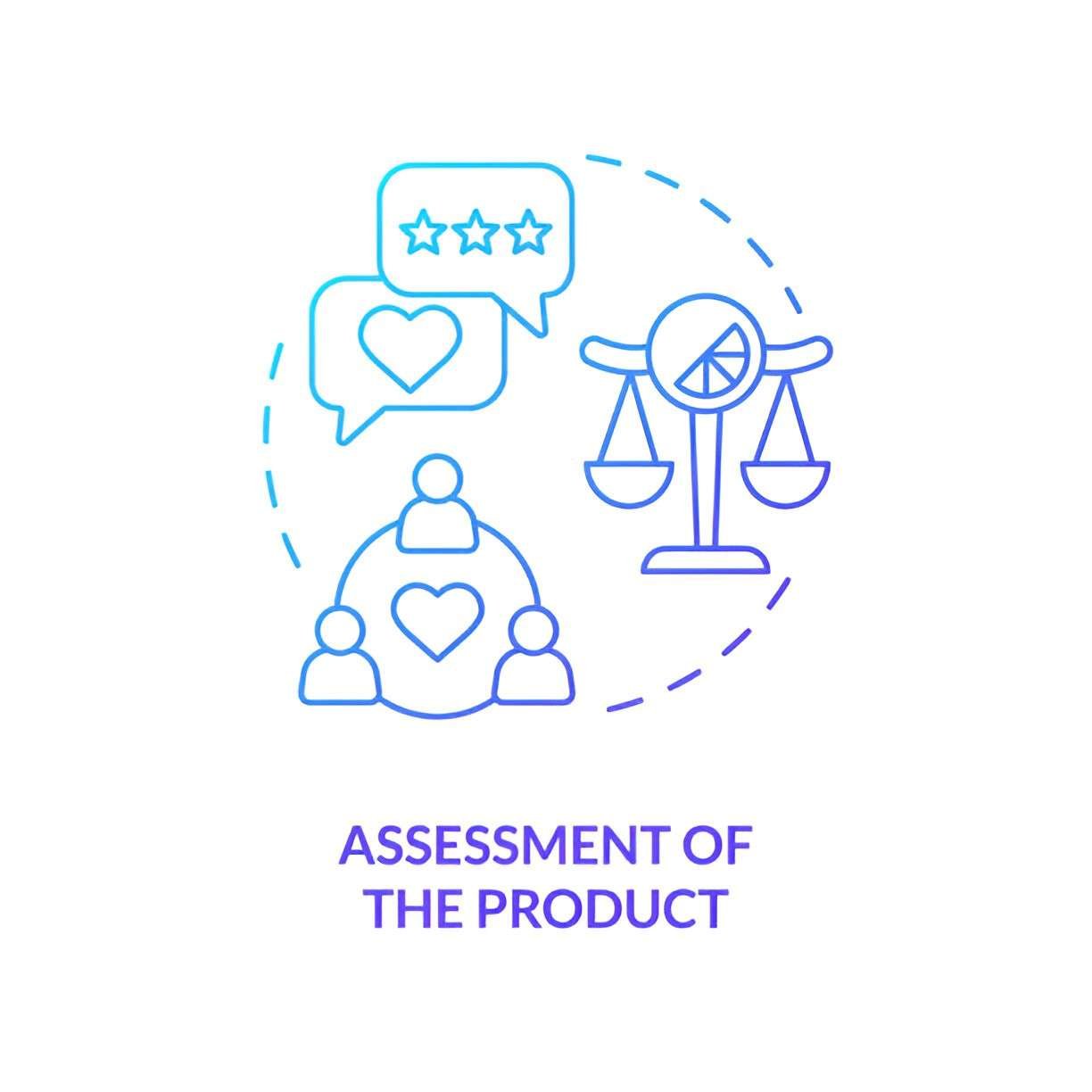When I evaluate new products, I rely on methods that capture genuine consumer reactions. One of the most effective techniques I use is the Hall Test, a controlled environment where participants interact with a product and provide feedback. This article explores the Hall Test in detail—its purpose, methodology, advantages, and limitations—while offering practical insights for businesses aiming to refine their offerings.
Table of Contents
What Is a Hall Test?
A Hall Test is a market research method where a group of consumers evaluates a product in a controlled setting, such as a rented venue or a research facility. Unlike surveys or focus groups, Hall Tests involve direct interaction with the product, allowing researchers to observe real-time reactions.
Key Components of a Hall Test
- Controlled Environment – Ensures consistency in testing conditions.
- Product Interaction – Participants physically engage with the product.
- Structured Feedback – Combines qualitative and quantitative data.
- Observer Presence – Researchers note behavioral cues beyond verbal responses.
Why Use a Hall Test?
I prefer Hall Tests when I need precise insights into product usability, packaging appeal, or sensory attributes (like taste or smell). Unlike online surveys, Hall Tests reduce biases stemming from hypothetical scenarios because participants experience the product firsthand.
Comparison: Hall Test vs. Other Market Research Methods
| Method | Strengths | Weaknesses |
|---|---|---|
| Hall Test | Direct interaction, controlled setting | Higher cost, limited sample size |
| Focus Groups | Deep qualitative insights | Groupthink, moderator bias |
| Online Surveys | Large sample, cost-effective | No physical interaction |
| In-Home Testing | Real-world usage data | Less control over environment |
The Hall Test Methodology
Step 1: Define Objectives
Before conducting a Hall Test, I clarify what I want to measure. Is it:
- Product appeal (e.g., packaging, aesthetics)?
- Functionality (e.g., ease of use)?
- Sensory evaluation (e.g., taste, smell)?
Step 2: Recruit Participants
I select a representative sample based on demographics, purchasing behavior, or other segmentation criteria. For example, if testing a new energy drink, I might target fitness enthusiasts aged 18-35.
Step 3: Design the Test Structure
A typical Hall Test session includes:
- Introduction – Brief participants on the process.
- Product Interaction – Allow them to use/taste the product.
- Structured Questions – Use Likert scales or open-ended queries.
- Observational Notes – Record non-verbal reactions.
Step 4: Analyze Data
I combine quantitative metrics (e.g., satisfaction scores) with qualitative insights (e.g., participant comments). Statistical tools help identify trends.
Mathematical Modeling in Hall Tests
To quantify product perception, I use statistical models. For instance, if I measure satisfaction on a scale of 1-10, I calculate the mean satisfaction score (\bar{X}) and standard deviation (\sigma) to assess variability.
\bar{X} = \frac{\sum_{i=1}^{n} X_i}{n} \sigma = \sqrt{\frac{\sum_{i=1}^{n} (X_i - \bar{X})^2}{n}}Example Calculation:
Suppose five participants rate a product as follows: [8, 7, 9, 6, 10].
A low standard deviation suggests consistent feedback, while a high value indicates mixed reactions.
Advantages of Hall Tests
- Authentic Reactions – Participants engage with the product, reducing recall bias.
- Controlled Variables – External factors (e.g., lighting, noise) are minimized.
- Rich Data – Combines numerical ratings with behavioral observations.
Limitations
- Cost – Renting venues and recruiting participants can be expensive.
- Sample Size – Typically smaller than surveys, limiting generalizability.
- Artificial Setting – May not fully replicate real-world usage.
Real-World Applications
Case Study: Food & Beverage Industry
A snack company tested two chip flavors via a Hall Test. Participants rated Flavor A at 7.2/10 and Flavor B at 8.5/10. Observers noted that Flavor B elicited more positive facial expressions. The company launched Flavor B, which saw a 20% higher sales volume.
Case Study: Consumer Electronics
A smartphone brand used a Hall Test to assess ergonomics. While specs were impressive, 40% of participants found the device slippery. The company adjusted the material texture before mass production.
Best Practices for Conducting a Hall Test
- Randomize Product Order – Avoid sequence bias by shuffling the order in which products are tested.
- Blind Testing – Conceal brand names to prevent bias.
- Diverse Sample – Ensure participants reflect the target market.
Conclusion
The Hall Test remains a powerful tool for assessing product perception. While it has limitations, its ability to capture real-time feedback makes it invaluable for businesses refining their offerings. By combining structured data with observational insights, I gain a holistic understanding of consumer preferences—ultimately leading to better product decisions.





